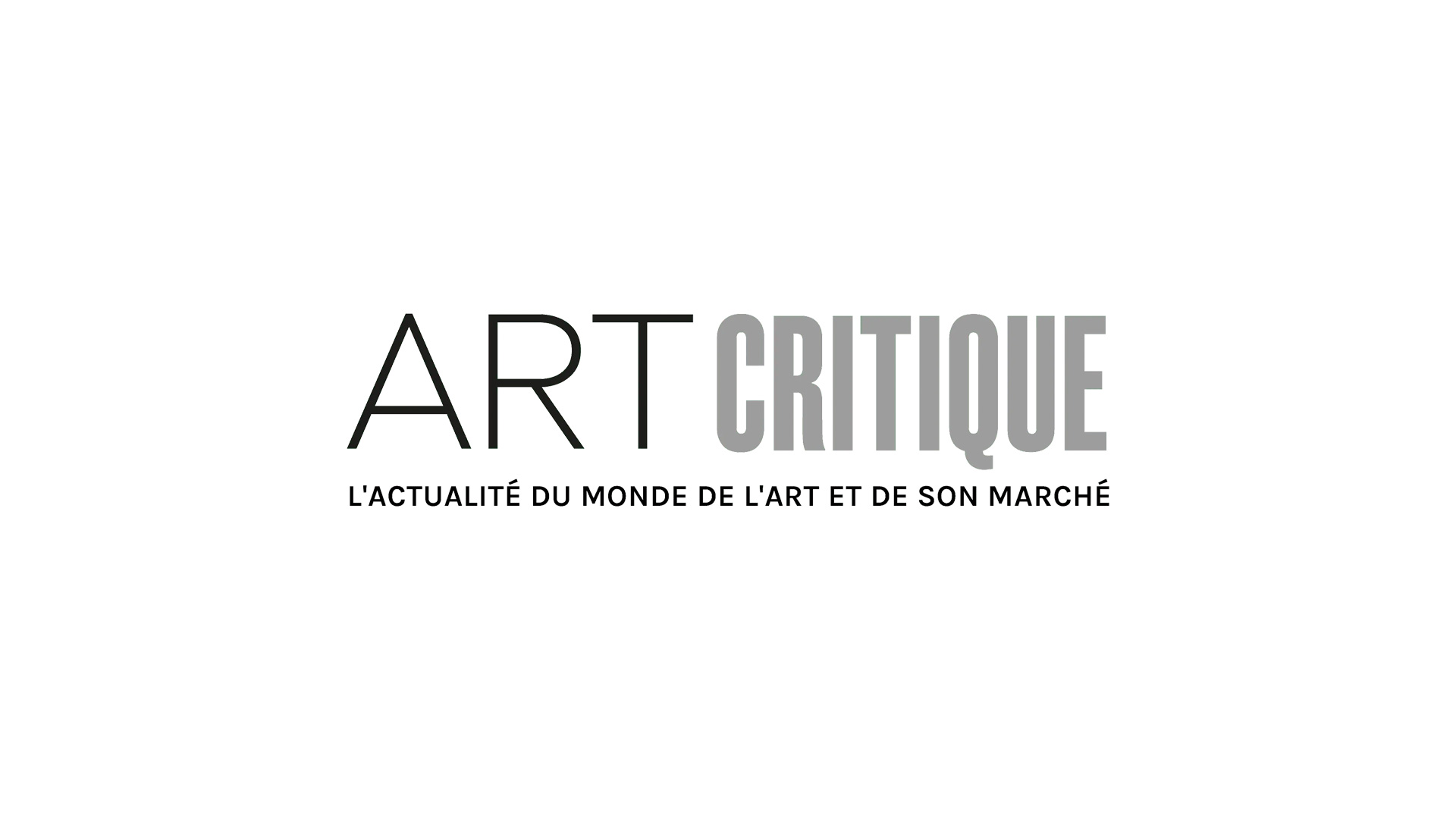Until March 9th, Galerie Templon is hosting an exhibition called Daniel Dezeuze, From a Certain Angle. It features a collection of pieces that Dezeuze has designed since 1970 and offers spectators the opportunity to delve into the world of an artist who continues to question the role of painting.
By the end of 1970 Daniel Dezeuze had become established. He was one of the founders of the Support/Surfaces group whose initial members also included Dolla, Bioulès, Valensi, Saytour, Cane and Viallat. Other artists such as Grant, Pincemin, Arnal and Pagès would join the group the following year. Although they all adhered to different ideologies, these artists were driven by a common artistic approach; they sought to question the supports, methods and techniques of painting. Inspired by the concept of the “avant-garde” which was very popular at the time, they formed a group in order to carry out their vision and, as Daniel Dezeuze stated in an interview with Art Press in January 1991,” […] you might say that Supports/Surfaces was the final vanguard, in the sense that the group represented a certain utopia that will never be found again”. This group opposed the artistic practices of the generations before them, especially the absence of touch and colour inherent in minimalism, the environments created by arte povera as well as conceptual art. They also rebelled against the alternatives to these movements such as the scientific approach of kinetic art and the lack of pictorialism of the BMPT (Buren, Mosset, Parmentier and Toroni) group as well as the representational and militant painting of the “young painter”. According to Dezeuze’s group, these new practices did not advance the ideals of painting. Given the context of civil unrest in France in 1968, the Supports/Surfaces movement may have revolted against the art world but that did not mean that the group was anti-art. At a time when painting was largely decried, they wanted to rethink its political and economical function without renouncing its practice.

Daniel Dezeuze was the first member of the Supports/Surfaces group to discover American art. While he was completing his military service in Canada in 1965, he went to New York to visit galleries and museums. The discovery of American abstractionism taught him a lot about formalism whereas the work of Marcel Duchamp introduced him to the concept of the secularization of art. Upon his return to Paris in 1967, at the age of 25, he designed his first stretcher without a canvas called Châssis avec feuille de plastique tendue. This frame covered in a sheet of transparent plastic was supported against the wall but was not hung like a traditional painting. Freed from the canvas, the painting was able to incorporate the surrounding empty space which meant that it also incorporated principles of the modernist tradition. As for its placement on the ground, the piece also reflected a refusal to be fetishized that was characteristic of Duchamp’s work. Subsequently, Daniel Dezeuze experimented with a wide variety of techniques and materials but nevertheless this Lucio Fontana follower remained committed to the question of “how to go beyond seeing the painting as object without renouncing painting altogether?” In the same interview with Art Press, he stated “fetishism is something that is constantly moving. The issue is whether we should dismiss it or approach it head on and play with it”. The pieces selected for this exhibition seem to waver midway between painting and sculpture. For example, the piece entitled Saveur de la géométrie (2017) is displayed as the back of a frame on which the artist has attached two square brackets. While the corners of the frame are highlighted in blue, this piece distinctly manifests a do-it-yourself esthetic; exposing the painting that it forms demonstrates a clear rejection of the fetishism of art. Conversely, the structure called Le stade du miroir (1969-2016) once again takes the shape of a frame but this time within a mirror. It is one of the more valuable pieces in the exhibit and must have required special handling. It probably also was the background for many selfies inside the gallery. No doubt the piece is worthy of all the admiration that it elicits.

Generally speaking, challenging the concept of the painting as object which had been characteristic of Dezeuze’s earlier work has become more subtle in his recent pieces, which is evident in his choice of titles. As an example, the wood piece called En vérité (2018) bears an unambiguous resemblance to a piece entitled Rouleau de bois teinté, which was made in 1975 but the more enigmatic title of Dezeuze’s piece does not allow the same interpretation. To that extent, the parallel made by the gallery which also features drawings from the Lascaux series (1983-1984) is understandable. This pieces from this series demonstrate an attempt to question painting but in a more sensitive, less conceptual way by drawing inspiration from early works of art. In today’s world where paintings have begun to regain their legitimacy despite competing with a multiplicity of screens and images, these pieces are probably the most interesting of the exhibit. They encompass the entire field of painting and review both its history and production, but in a way that is more poetic than theoretical.







